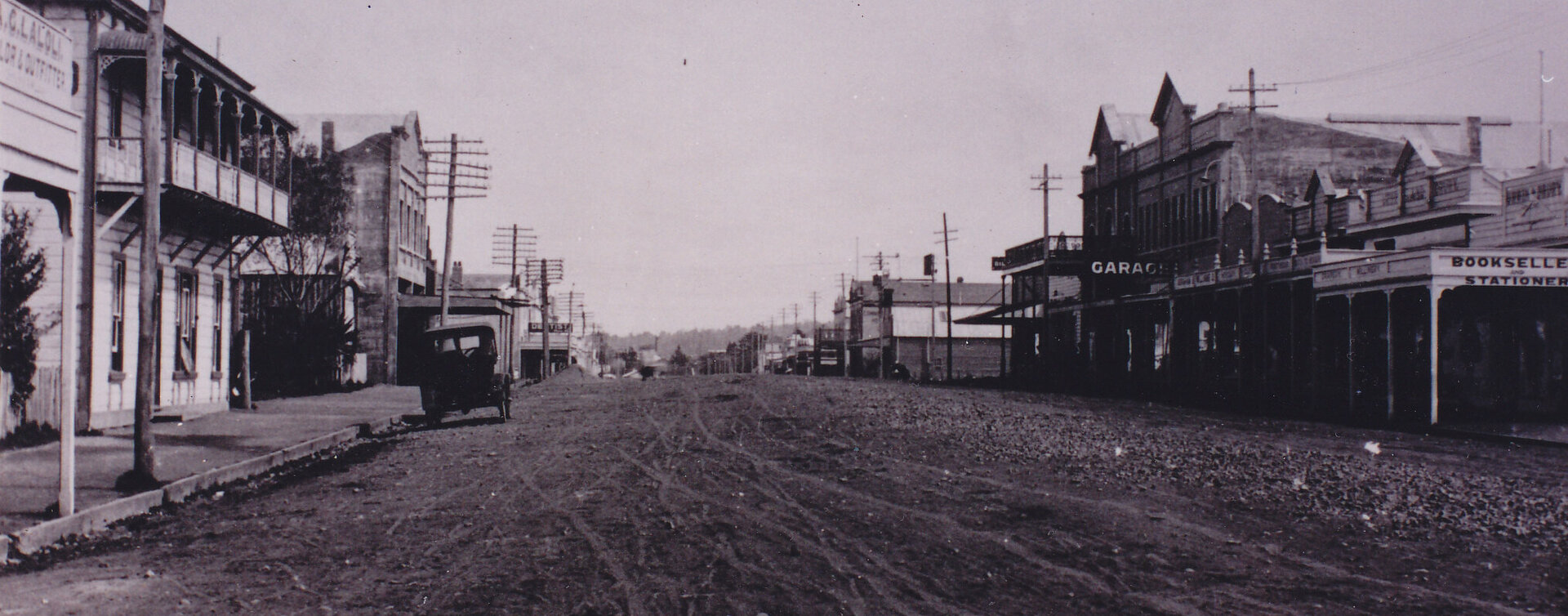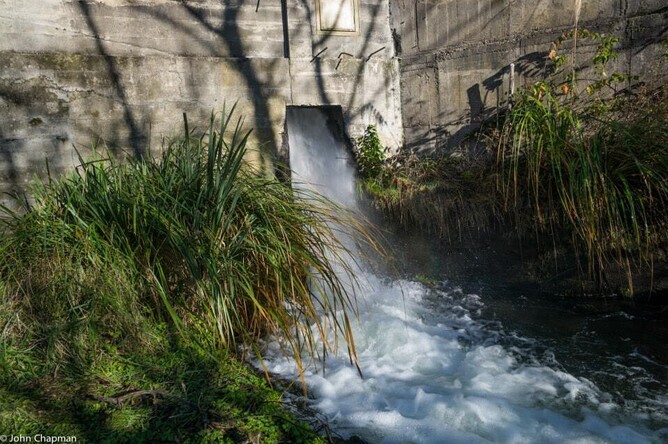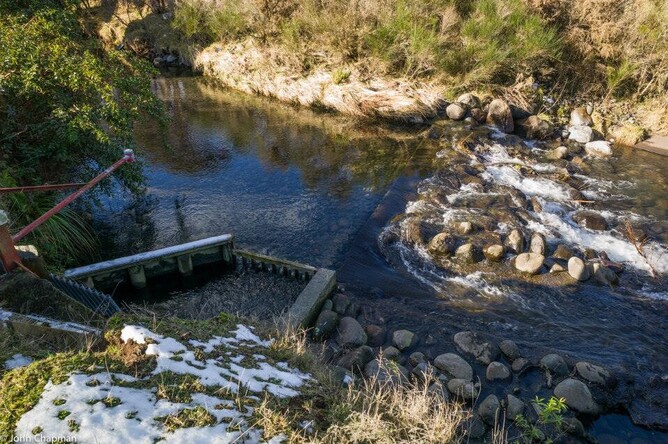Power to the People
At a special poll held by the Town Council on 1 July 1915 it was decided to raise a loan of £30,000 to build a hydro station and power lines to supply Raetihi town.
The original station was built at the confluence of the Pipipi Stream and the Orautoha River. The water was drawn from the Makara River through a race, with a fuming over the Makaraiti Stream, through a tunnel under the Middle Road to a forebay area. From the forebay the water was taken by 15-inch earthenware pipeline to the top of the hill where the surge chamber was located. From there down to the power house in a 10 inch penstock. A working head of 396 feet.
The first machine installed was a General Electric Co. 48’ kVA 600 r.pm., 3,300 volt alternator driven by a 90 horsepower Boving & Co. pelton turbine. The supply was brought to Raetihi, some five miles away, over a 3 phase 10 gauge copper power line.
The scheme was opened in December 1917 by the Hon. W.F. Massey and it is recorded that by February 1918 52 connections had been made, and 38 street lamps installed.
By 1919 it was seen that further generating capacity would be required. More money was raised, and early in 1921 No. 2 machine came into service. This was an identical machine to No. 1. Both machines had built on exciters which fed into a common bus system, which meant matching voltages before connection one to the other. Voltage regulation was by Tirrel regulator.
By this time the Town Council had given way to a Borough Council and the electricity business was steadily growing. In 1925 it was obvious that further and much larger plant would be necessary, although the two plants in parallel could be run continuously at a 50% overload (a factor which they still can and are run this day). Great extensions and alterations were planned.
The power station was enlarged, and the new machine installed. To do this, and in fact to build the original station, was no mean feat. The main motive force used in the building and installation was manpower. To add to this, access to the station was by way of a stairway down the hill. Six hundred and ninety-nine steps of stairway. On the runners on the sides of the stairs ran a trolley worked by a winch at the top. It was by this means and brute force that all materials and the machine parts were transported down to the power house.
In time the power house of solid concrete was completed and the new machine in place. This machine was a 300 kVA Asea Alternator with built on exciter running at 750 r.p.m and generating at the then hight voltage of 6,600 volts. To drive this was a 400 horsepower Boving & Co. turbine. The new switchboard was installed and the old switchboards for No. 1 and 2 machines were relocated. A transformer 3.3 kV to 6.6 kV was installed to match the voltages between the old and new. A new transmission line had to be built to Raetihi. This was a three phase 8 gauge copper line and all local service transformers changed.
To supply sufficient water to drive the station, a new and larger penstock was needed. A new intake was built at the forebay, new valves, and a 24-inch diameter concrete low pressure pipeline to the new bigger and higher surge chamber. From the surge tower at the top of the hill a 21-inch steel spiral weld pipe was installed down to the station. All this building and installing took time until at last all was complete on the 21st March 1932.
To run the extended power house, a greater supply of water was required, and during depression years a water race was dug from the Makotuku River with a tunnel under the Valley Road to bring water from Makotuku to spill into the Makara River. From thence through the old systems to the power station.
In the late thirties a dam was built over the Makaraiti Stream and the fuming was removed so that there was greater water storage, and with the advent of the bulldozer in the early forties the forebay was enlarged and deepened. This brought the power station system to the layout that it is today.
In May 1951 due to a combination of a set of C.T’s breaking down and a jammed O.C.B. the Asea alternator on No. 3 machine was burnt out. A temporary supply of power for Raetihi was arranged from the N.Z. Electricity Department while the machine was rewound. A spare set of windings had been kept in store so that it was not long before No. 3 machine was once more supplying power. The load on the station however was steadily growing and it was increasingly difficult to hold the load at peak.
In December 1954 supply of power from N.Z. Electricity Department was taken up, with Raetihi power station running as a basic load unit.
In October 1957 during a severe lightning storm the No. 3 alternator was once more burnt out. As this machine was tunnel wound and special windings would have to be imported it was decided to look around for a replacement alternator.
This when found, was an American G.E. machine rated at 250 kVA. On 1 April 1958 the station was once more able to run at full capacity.
No. 3 turbine had run more or less continuously since it had been installed, so that when the Raetihi supply area was taken over by the Wanganui-Rangitikei Electric Power Board some overhauls were planned. The buckets on the pelton wheel were built up and the spear valves and spear seats were replaced. This gave the machine a further lease of life but wear and metal fatigue were catching up. The pelton runner started to shed its buckets. Currently a new pelton runner is being built, and when installed will bring the station to full strength once more.
The station although small is still economic and will no doubt, barring serious breakdown, continue to give service for some years to come.
W.R. Journeaux
AREA SUPERVISOR
19th April 1978








